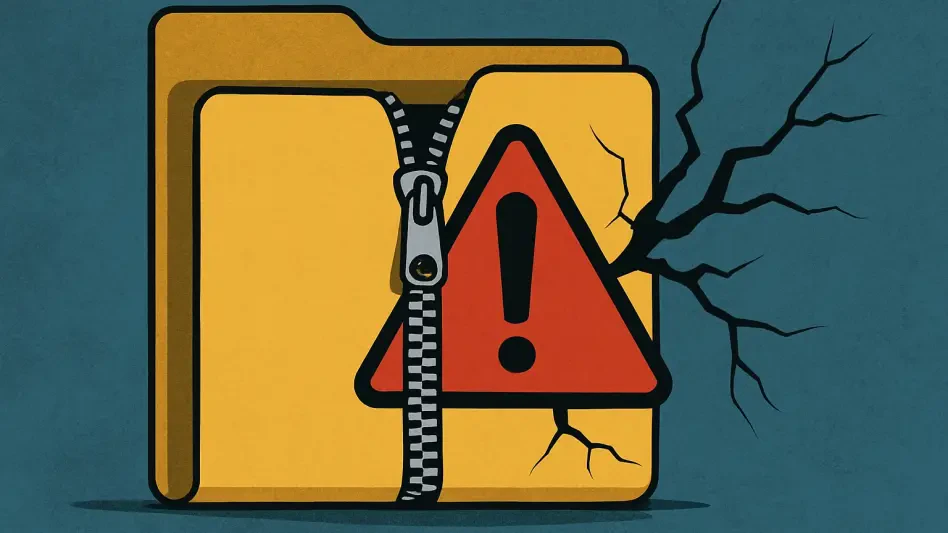In an era where cyber threats are becoming increasingly sophisticated, the recent update to Google Chrome underscores the critical importance of staying vigilant about browser security. Google has released a patch addressing multiple vulnerabilities in its popular web browser, notably highlighting the actively exploited zero-day flaw known as CVE-2025-4664. This vulnerability, found within Chrome’s Loader component, arises from insufficient policy enforcement, presenting significant risks by potentially allowing remote attackers to leak cross-origin data through maliciously crafted HTML pages. The seriousness of this flaw has been confirmed by Google’s acknowledgment of active exploits, prompting an urgent call for users to update their browsers without delay to protect against these emerging threats. In addition to addressing this zero-day vulnerability, the update also fixes other significant issues, including CVE-2025-4609. This particular flaw, characterized by incorrect handle management within Chrome’s Mojo IPC layer, poses risks of privilege escalation and memory corruption. Google’s efforts to address these vulnerabilities reflect a proactive approach to cybersecurity, emphasizing the importance of maintaining a secure digital browsing environment for its users worldwide.
Unpacking the Key Vulnerabilities
The intricate nature of the CVE-2025-4664 zero-day flaw has drawn substantial attention from security experts and developers alike, underscoring the potential consequences of ignoring updates. This flaw’s root cause lies in the Loader component’s inadequate policy enforcement, which can be maliciously exploited to access sensitive cross-origin data. Attackers can craft HTML pages to exploit this weakness, thereby threatening user privacy and data security. With the confirmation of real-world exploits, users are urged to prioritize updating their Google Chrome browsers immediately. This serves as a stark reminder of the ongoing battle between cyber attackers and defenders, highlighting the necessity for constant vigilance and timely updates to stay ahead of potential threats.
In addressing the CVE-2025-4609 vulnerability, Google also aimed to rectify serious issues in its internal communication protocols. The flaw’s incorrect handling processes posed severe risks of privilege escalation, allowing attackers to gain unauthorized control over systems. Moreover, it carried the potential for memory corruption, which could lead to further exploitation and compromise of a system’s integrity. By focusing on resolving these issues, Google demonstrated a comprehensive approach to hardening its browser’s security against a variety of attacks. Users are therefore encouraged to remain alert to updates and information from browser developers, as these patches are critical to safeguarding personal and professional digital realities from evolving cybersecurity threats.
Google’s Strategic Security Enhancements
Beyond addressing specific vulnerabilities, Google’s updates were part of a larger strategy to bolster Chrome’s overall security posture. This involved conducting thorough internal audits and leveraging security initiatives to identify and rectify unspecified vulnerabilities within the browser’s architecture. The proactive measures employed by Google highlight its ongoing commitment to enhancing the browser’s resilience against cyber threats, as well as a broader dedication to the protection of user data across its platforms. As cybersecurity challenges continue to evolve, such strategic enhancements ensure that Chrome maintains its robust defenses against emerging risks and aligns with industry best practices for user protection.
The collaborative efforts between Google and the professional security community have been instrumental in identifying and mitigating vulnerabilities, underscoring the importance of collective action in cybersecurity. By engaging with researchers and experts, Google has been able to swiftly address findings and incorporate feedback to continually fine-tune its security measures. This process emphasizes the role of partnerships and shared knowledge in creating a secure browsing environment. Users are typically advised to stay informed about such updates and to consult Google’s community support as a resource for comprehensive information and guidance regarding security practices and browser functionality.
The Imperative of Prompt Updates
In today’s world, cyber threats are evolving with increasing sophistication, and Google Chrome’s latest update highlights the essential need to remain attentive to browser security. Google has rolled out a patch to combat a range of vulnerabilities in its widely-used web browser, with special emphasis on the zero-day threat CVE-2025-4664. This flaw, located within Chrome’s Loader component, stems from inadequate policy enforcement, posing serious risks by potentially enabling remote attackers to leak cross-origin data via malicious HTML pages. Google’s confirmation of active exploits underscores the urgency for users to update their browsers promptly to guard against these new dangers. Alongside the zero-day fix, the update tackles other critical issues like CVE-2025-4609, which involves incorrect handle management within Chrome’s Mojo IPC layer and risks privilege escalation and memory corruption. Through these actions, Google demonstrates a proactive stance on cybersecurity, reinforcing the significance of a protected digital browsing environment worldwide.








